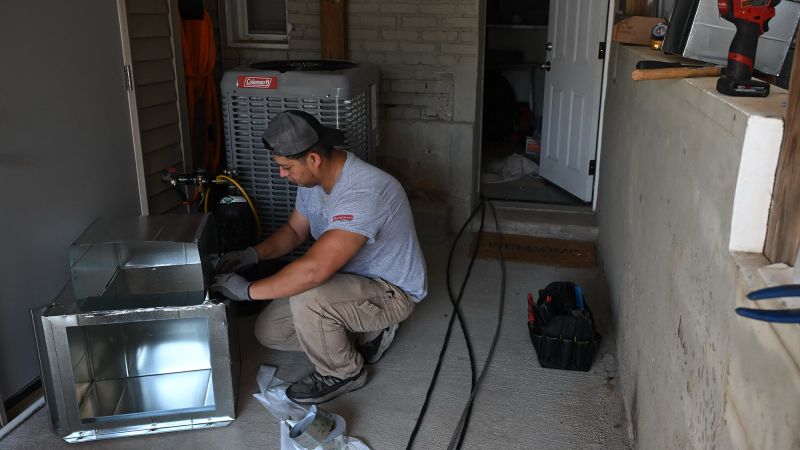Home heating costs are expected to rise significantly this winter in the US, with an average increase of 10.5%. Consumers who heat their homes with electricity will see the highest increase, projected at 13.6%. The cost of maintaining and upgrading the electric grid has led to higher expenses, especially in areas like the West where fires have damaged the grid. Propane heating costs will rise by 7.3%, natural gas by 7.2%, and oil heating costs will see a smaller increase of 6.1% due to a weak oil market.
Despite the common belief that climate change would lead to warmer winters, extreme cold temperatures can still occur even as overall temperatures rise. The upcoming winter season is expected to be difficult, especially for families who are still recovering from high cooling bills during the summer. Additionally, a growing number of households are falling behind on their utility bills, with 21 million households owing a total of $13.5 billion on their electric bills in June. Utility shutoffs have also increased, with 3.8 million households projected to have been affected in the past fiscal year.
One of the reasons for the increase in struggling households is the decrease in federal assistance available. Congress provided only $4.1 billion for the Low Income Home Energy Assistance Program (LIHEAP) this past fiscal year, down from $6 billion the year before. The association is calling on lawmakers to provide $6.1 billion for the coming fiscal year and an additional $1 billion for emergency assistance to support families who are struggling to keep up with their monthly utility payments. The association emphasizes the need for short-term support for families across the country facing financial challenges.
The rising costs of home heating expenses are a concern for many households, especially for those who rely on electricity, propane, natural gas, or oil for heating. Electric heating costs are expected to soar by nearly 23% in some areas due to the necessity of maintaining and upgrading the electric grid. Natural gas prices have stabilized but are projected to rise as US exports increase, leading to a 7.2% increase in costs for natural gas users. Despite a drop in oil prices, oil heating costs are still expected to rise by 6.1% this winter.
As winter approaches, families are bracing for the financial impact of increased heating costs on their budgets. The combination of colder temperatures and higher energy expenses is expected to create challenges for households, especially those who are already struggling to pay their utility bills. With a significant number of households falling behind on payments and facing potential utility shutoffs, federal assistance is crucial to provide support for families during the upcoming winter season. The association’s advocacy for increased funding for programs like LIHEAP reflects the urgent need to help families in need during this difficult time.













